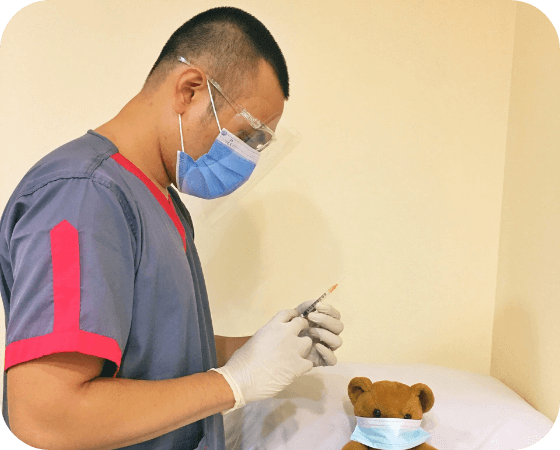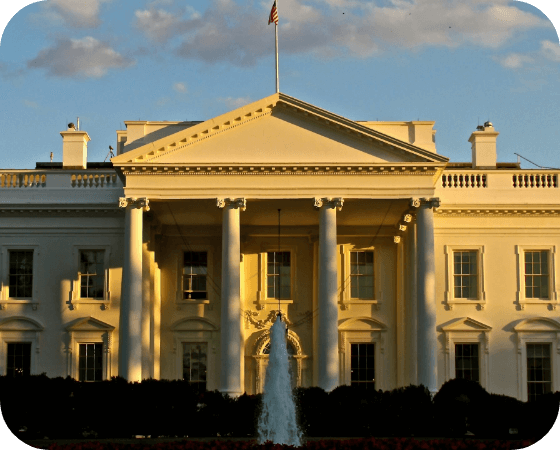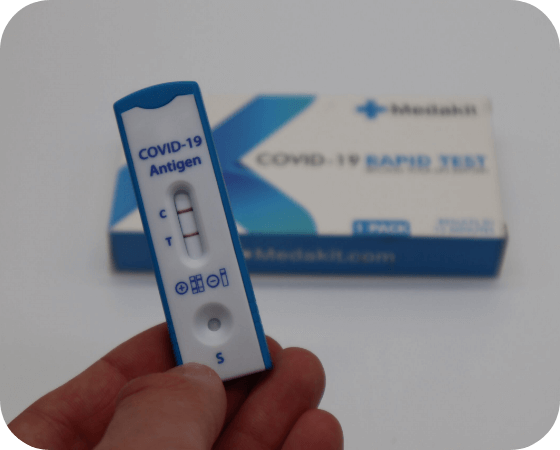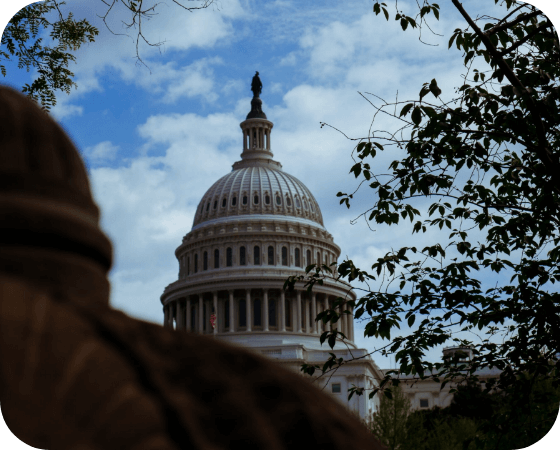Featured Blogs

On April 11, 2024, the Medicare Payment Advisory Commission (MedPAC) met to discuss work for their June 2024 report and beyond. The June report contains recommendations and research on where Medicare should go in the future – and is usually filled with new ideas and innovations.
On April 10, 2024, the Centers for Medicare and Medicaid Services (CMS) released their proposed Inpatient Hospital payment rule for FY 2025. The proposed changes are a mixed bag for the nation’s inpatient hospitals and some of the provisions will need to be monitored before the rule is finalized.
On April 9, 2024, the Senate Finance Health Subcommittee held a roundtable discussion entitled, “Closing Gaps in the Care Continuum: Opportunities to Improve Substance Use Disorder Care in the Federal Health Programs.” The meeting touched on several topics within the subject of SUD care including access to medication assisted treatment, Medicare and Medicaid reimbursement of SUD care, and the need for evidence-based care.

A few weeks ago, we chronicled the challenge that the rise in mid-term resignations is posing for legislating in this Congress. While the recent spate of resignations has certainly posed a problem for the, still relatively new, speakership of Rep. Mike Johnson (R-LA), another challenge is looming for the House Republican Conference: the departure of some of its most respected health care voices.
In addition to the departure of House Energy & Commerce Chairwoman Cathy McMorris Rodgers, significant institutional and real-world health policy expertise will be heading for the exits as Rep. Larry Bucshon, MD (R-IN), Michael Burgess, MD (R-TX), Rep. Drew Ferguson, DMD (R-GA), and Rep. Brad Wenstrup, DPM (R-OH) have all decided to not seek reelection. Their four retirements mean the influential House GOP Doctors Caucus will not only be losing almost a quarter of its 19 members, but it also means that the Caucus will be losing 4 voices on the House’s two key committees for health policy—the House Ways and Means Committee and the House Energy and Commerce Committee.
It is hard to overstate the influence of these members as Burgess, Bucshon, and Wenstrup and the Caucus played an instrumental role in passing the Medicare Access and CHIP Reauthorization Act (MACRA) in 2015, which finally repealed the sustainable growth rate formula and brought an end to the annual threat of drastic cuts in Medicare payments to physicians. While MACRA was no small feat, the victory has proven to be fleeting as physicians once again find themselves in an annual exercise of the threat of Medicare cuts. Each of the past four years, doctors have faced the threat of Medicare cuts, but only for 2021 did Congress provide full relief and now doctors are in the third straight year of Medicare payment cuts. While Congress did provide some relief in 2022, 2023, and 2024, the reality is that as costs are going up Medicare payments to physician have been declining.
There is general agreement something must be done. Last year, Congress finally held hearings to look at the Medicare payment challenges facing physicians once again. Yet, while it took Congress almost a decade before holding its first MACRA oversight hearing, some have been trying to make up for lost time as the House Energy & Commerce Health Subcommittee heard testimony regarding the Provider Reimbursement Stability Act (H.R. 6371), which was introduced by fellow doctor, Rep. Greg Murphy, MD (R-NC), and would enact the first sizable payment reforms since MACRA, and then approved the legislation in November of last year.
Among its reforms, the legislation would help address the threat of annual Medicare payment cuts by updating the “budget neutrality” threshold that can trigger potential cuts when certain services see a change in valuation or when new codes are introduced to the Medicare physician fee schedule.
While the outlook for significant health legislation before the election seems grim, the legislation has bipartisan backing and the support of the House GOP Doctors Caucus behind it, and one must wonder if H.R. 6371 might be these scions’ legislative swan song. For four members who have contributed so much to health policy over the last decade, it would only be fitting if they left one last indelible mark on Medicare before heading for the exits.
If you would like to connect with Chamber Hill Strategies, please do not hesitate to contact us.





